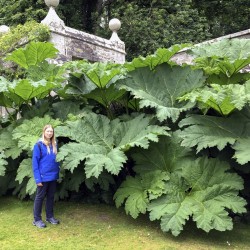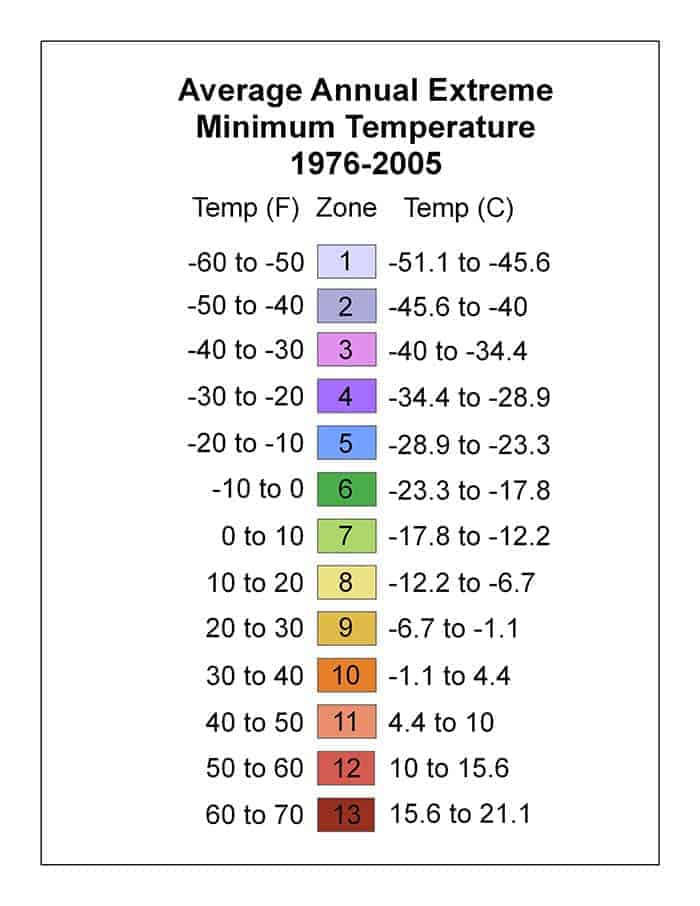
Gigantyczna roślina (z gigantycznymi owocami)







Gunnera manicata syn. Gunnera brasiliensis is also known as giant rhubarb. It is a perennial herbaceous plant which is native to the mountains of Brasil and Colombia. Giant gunneras are huge or
This plant bear tiny red-green fruits, which are about .1 in (2.5 mm) long.

 Reviews (1)
Reviews (1)




Hatte ich mal als Topfpflanze.Sieht echt super aus.
Habe gelesen das der Anbau aus Samen auch gut sein soll.
Bei der Größe können die auch aus Samen wachsen.Mfg